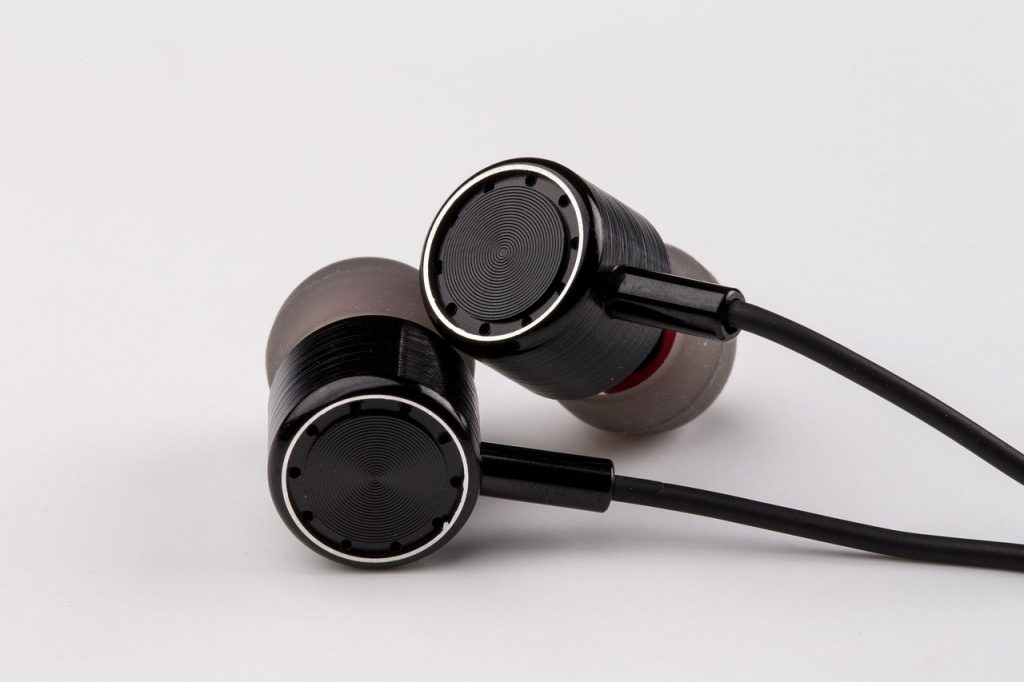The technology around us is continuing to evolve at a staggering rate. As the number of individuals being diagnosed with hearing loss also increases, it may be tempting to connect the two. But is technology really to blame for the increased prevalence of hearing loss?
The Rise of the Earbud

In-ear earbuds have become increasingly popular over the last few years, and people are listening for hours every day. Using music to drown out other noises, such as traffic on your commute, requires you to turn your music up to an unsafe volume.
In addition to music, many are watching movies or online videos through their headphones. The movie score, dialogue and action sequences provide an all-encompassing experience, but with the changes in pitch and volume, you can easily find yourself exposed to sounds that are too loud.
Exposure to loud noises over a continuous period of time is one of the major causes of hearing loss.
Understanding Noise-Induced Hearing Loss
Sounds are measured in decibels (dB); anything over 85 dB can lead to permanent damage known as noise induced hearing loss. The louder a sound, the less time you need to be exposed to it in order for the sound to cause damage. Put together by the National Institute on Deafness and other Communication Disorders (NIDCD), below is a chart of some familiar sounds with their decibel rating:
- Normal conversation: 60-70 dB
- Movie theater: 74-104 dB
- Dirt bike: 80-110 dB
- Music through headphones at maximum volume: 94-110 dB
- Sirens: 110-129 dB
- Fireworks: 140-160 dB
The inner ear is lined with hair cells called stereocilia. When a soundwave enters the ear, it causes these hair cells to move, creating electric signals. These signals are sent via the auditory nerve to the brain where they are interpreted as sound.
If the sounds entering the ear are too loud, they can cause the hair cells to bend and break. This leads to permanent hearing loss, as unlike other hairs in your body they cannot grow back.
Hearing Loss Awareness
Rather than never visiting M-Theory Music again, there are simple ways you can reduce your noise exposure and thus decrease your risk of developing hearing loss.
- Limit your in-ear headphone usage to 60 minutes a day
- Reduce the volume to 60%
- Invest in noise canceling headphones
To learn more about how to prevent noise-induced hearing loss or to schedule an appointment with a hearing professional, contact San Diego Hearing Center today.